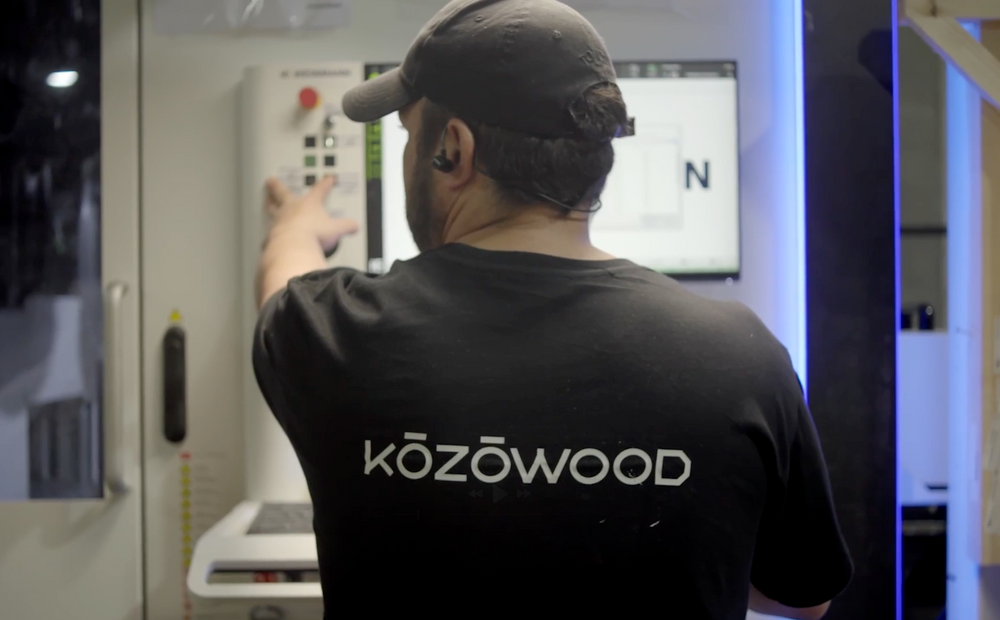(01)
Sustainability Goals
Sustainability Goals: What Has Changed?
The introduction of sustainability goals, especially within the scope of the European Union and the Paris Agreement, has brought profound changes in how companies, regardless of their size, must address their environmental impact. These goals are strongly focused on reducing carbon emissions, promoting a circular economy, and protecting ecosystems, requiring significant restructuring in business operations.
List of Key Sustainability Goals
Sustainability goals are divided into several fundamental areas. The most relevant for SMEs include:
1) Carbon neutrality by 2050
2) The global goal of achieving carbon neutrality by 2050 means that companies need to adopt practices that eliminate or offset their greenhouse gas (GHG) emissions. For SMEs, this can translate into adopting cleaner technologies, electrifying production processes, and integrating renewable energy sources.
3) Waste reduction and promotion of the circular economy
The transition to a circular economy requires SMEs to rethink their production models to reduce resource use, reuse materials, and minimize waste generated. This necessitates significant changes in manufacturing processes, logistics, and product design, favoring practices such as recycling and upcycling.
4) Energy efficiency
Energy efficiency goals encourage companies to consume less energy per unit of product produced. This can be achieved through investments in more efficient machinery and equipment, improving production processes, and utilizing solar or wind energy to reduce dependence on fossil fuels.
5) Biodiversity protection and sustainable use of natural resources
Companies, even the smallest ones, have an impact on the environment. Biodiversity protection has become an essential objective to ensure that economic activities do not harm local ecosystems. For SMEs, especially in the construction, agriculture, or forestry sectors, this may mean adopting practices that minimize disruption to natural habitats and use sustainable resources.
6) Sustainability reporting and transparency
The growing demand for transparency requires companies to report their environmental impact consistently and accurately. Although large companies have more obligations in this regard, many SMEs are also being encouraged to adopt.
(02)
Impact on SMEs
The Impact on Small and Medium Enterprises
Meeting these goals represents a particular challenge for SMEs, which often operate with smaller budgets and resources than large companies. However, SMEs have an important advantage: the ability to adapt quickly and innovate in response to new market demands.
Initial Costs and Long-Term Benefits
The implementation of sustainability measures may initially involve high costs, especially when it comes to investing in green technologies or infrastructures. For example, installing solar panels or replacing old equipment with more efficient models may require a considerable investment. However, the long-term benefits are significant.
1) Reduction of Operational Costs: In the medium and long term, companies that invest in energy efficiency and waste reduction may see a substantial decrease in costs, such as energy bills and waste management.
2) Access to New Markets: Consumers are becoming increasingly aware of environmental issues. SMEs that adopt sustainable practices can attract the attention of a growing audience that values eco-friendly products and services.
3) Improvement of Competitiveness: Companies that integrate sustainability into their operations are better positioned to compete in international markets, especially in countries with strict environmental regulations.
Support and Funding for Sustainability
To assist SMEs in transitioning to more sustainable practices, various support and incentives are available. National governments and European institutions offer funding programs, grants, and credit lines specifically for sustainability projects. Additionally, many SMEs can benefit from training programs and technical support for implementing green measures.
Examples of financial support include:
- Energy Transition Funds: Grants and low-interest loans to support the adoption of renewable energy technologies and the transition to more efficient operations.
- Tax Incentives: Tax reductions for companies that invest in low-carbon technologies or sustainable production processes.
(03)
Challenges
Challenges of Adapting to New Goals
Although the benefits of sustainability are clear, SMEs face several challenges when trying to align their operations with these new goals:
1) Investment Capacity: Not all SMEs have sufficient capital to invest in sustainable technologies, which can hinder the achievement of goals in the short term.
2) Compliance with Complex Regulations: Environmental regulations can be complex and vary across different regions, requiring SMEs to stay updated and compliant with local and international standards.
3) Competition for Resources: The transition to sustainability can increase competition for resources, such as recyclable materials or renewable energy, which may affect small businesses' ability to obtain what they need at a reasonable cost.
(04)
Innovation and Collaboration
The Importance of Innovation and Collaboration
SMEs that can adapt more quickly to new environmental requirements will have a significant advantage over competitors. However, it is essential for these companies to also collaborate with other stakeholders, such as suppliers, customers, and regulators, to find viable solutions.
Partnerships for Sustainability
SMEs can benefit from strategic partnerships with large companies, governments, and non-governmental organizations. These collaborations can facilitate access to technologies, funding, and expertise, helping small businesses accelerate their transition to sustainable practices.
Additionally, sustainable forest management certifications, such as PEFC and FSC, provide an excellent opportunity for SMEs to stand out. By obtaining these certifications, companies demonstrate a strong commitment to sustainability, attracting customers who prioritize responsible products. The PEFC and FSC certifications ensure that the materials used come from sustainably managed forests, which not only helps preserve ecosystems but also enhances consumer trust.
By collaborating with other sector stakeholders and pursuing sustainability certifications, SMEs can share resources and find more cost-effective and efficient solutions, positioning themselves as leaders in responsible and innovative practices in the market.
(05)
F.A.Q. - Frequently Asked Questions?
What does carbon neutrality mean?
Carbon neutrality refers to the state in which a company balances the amount of carbon dioxide it emits with the amount it removes from the atmosphere. For SMEs, achieving carbon neutrality involves adopting practices that reduce greenhouse gas emissions, such as implementing clean technologies, utilizing renewable energy sources, and offsetting emissions through reforestation initiatives or purchasing carbon credits.

